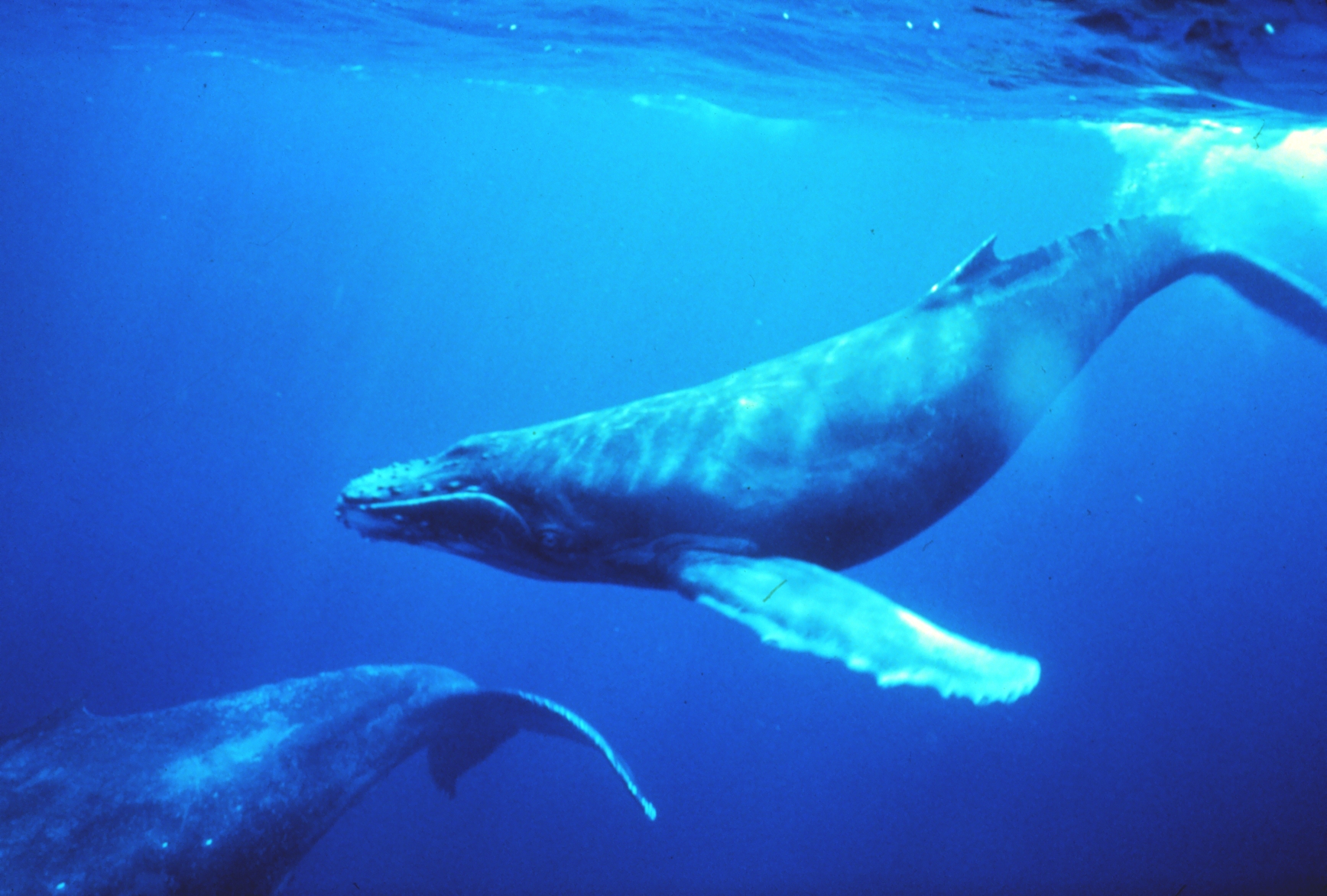How to spot the Humpback whale when scuba diving
Megaptera novaeangliae
Found in all major oceans. Undertake long seasonal migrations: feeding in cold, high-latitude waters (Antarctica, Arctic) during summer and migrating to tropical/subtropical waters for mating and calving during winter. Distinct populations exist in North Pacific, North Atlantic, and Southern Hemisphere.
Encounters are strictly seasonal during their breeding/calving periods in warmer waters. Examples: Tonga (July-Oct), French Polynesia (Aug-Oct), Silver Bank/Dominican Republic (Jan-Apr), Hawaii (Nov-May, peak Jan-Mar), Hervey Bay, Australia (July-Nov).
Encountered in warmer tropical waters during breeding season.
Specific breeding grounds like Vava'u (Tonga), Moorea/Rurutu (French Polynesia), Silver Bank (DR), Maui (Hawaii). Encounters are almost always via permitted snorkeling trips, not scuba diving. Strict regulations govern approach distances and in-water interactions (e.g., limited swimmers, passive approach). Choose reputable, licensed operators.
Hey, planning your next dive trip?
Start logging your dives on Depthlog! You will regret not starting sooner 😉
for free!
Worldwide observation of the Humpback whale
Pan around to see all the observations
Data sources
- Photos: Wikimedia Commons
- Distribution and specie data: GBIF (Global Biodiversity Information Facility)
Click to explore other marine creatures, their distribution and the guide on how to spot them.
Still on dry land? Join fellow dive enthusiasts who've already discovered the easiest way to track their underwater adventures and their diving analytics!
